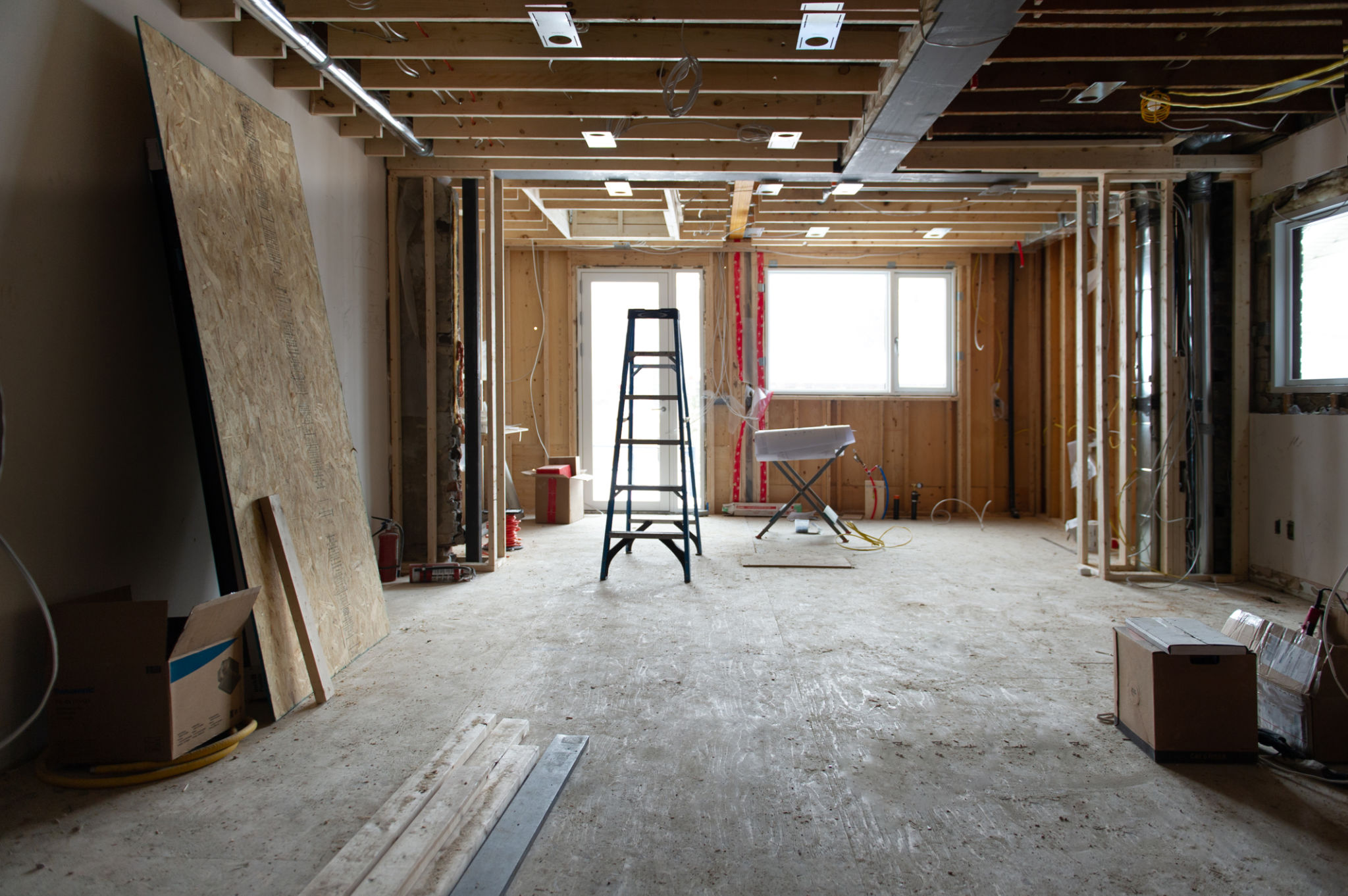Transforming Old Properties into Cash-Flowing Assets: A Case Study
Introduction to Property Transformation
Turning old properties into viable, cash-flowing assets is a lucrative venture for many real estate investors. This process not only revitalizes neighborhoods but also generates substantial income. In this case study, we explore the journey of transforming a dilapidated property into a profitable enterprise.

Identifying Potential in Old Properties
The first step in transforming an old property is identifying its potential. Experienced investors look for properties that, despite their current condition, have strong structural integrity and are located in promising neighborhoods. The key is to see beyond the surface and envision what the property could become with the right improvements.
Investors often rely on several strategies to identify such properties:
- Researching local real estate trends and emerging markets.
- Inspecting the physical condition of the property.
- Assessing the neighborhood's growth potential.
Planning and Budgeting for Renovations
Once a property is selected, the next critical phase is planning and budgeting for renovations. A detailed plan that outlines necessary repairs, upgrades, and aesthetic improvements is essential. Budgeting accurately is crucial as unforeseen expenses can quickly escalate costs.

Key considerations during this phase include:
- Obtaining quotes from reliable contractors.
- Prioritizing essential repairs to ensure safety and compliance with local codes.
- Allocating funds for unexpected expenses.
Executing the Renovation Plan
Executing the renovation plan involves coordinating with contractors and managing timelines effectively. Maintaining open communication with all parties ensures the project stays on track and within budget. Regular site visits are essential to monitor progress and address any issues promptly.
During this phase, it’s crucial to stay flexible. Unexpected challenges often arise, requiring adjustments to the original plan. However, by maintaining a clear vision and focusing on end goals, investors can navigate these challenges successfully.
Marketing the Transformed Property
Once renovations are complete, the next step is marketing the property effectively. Highlighting new features and improvements attracts potential tenants or buyers. Professional photography and staging can significantly enhance the property's appeal, showcasing it in its best light.

Utilizing multiple marketing channels, such as online listings and social media, broadens the reach and increases the chances of finding the right tenants or buyers quickly.
Reaping the Benefits: Generating Cash Flow
The ultimate goal of transforming old properties is to generate consistent cash flow. Whether through renting or selling, renovated properties can offer substantial returns on investment. For rental properties, setting a competitive yet profitable rental rate is key to attracting tenants quickly and ensuring steady income.
Success stories abound of investors who have transformed neglected properties into thriving businesses, underscoring the potential of strategic property investment. With careful planning and execution, old properties can indeed become valuable, cash-flowing assets.
